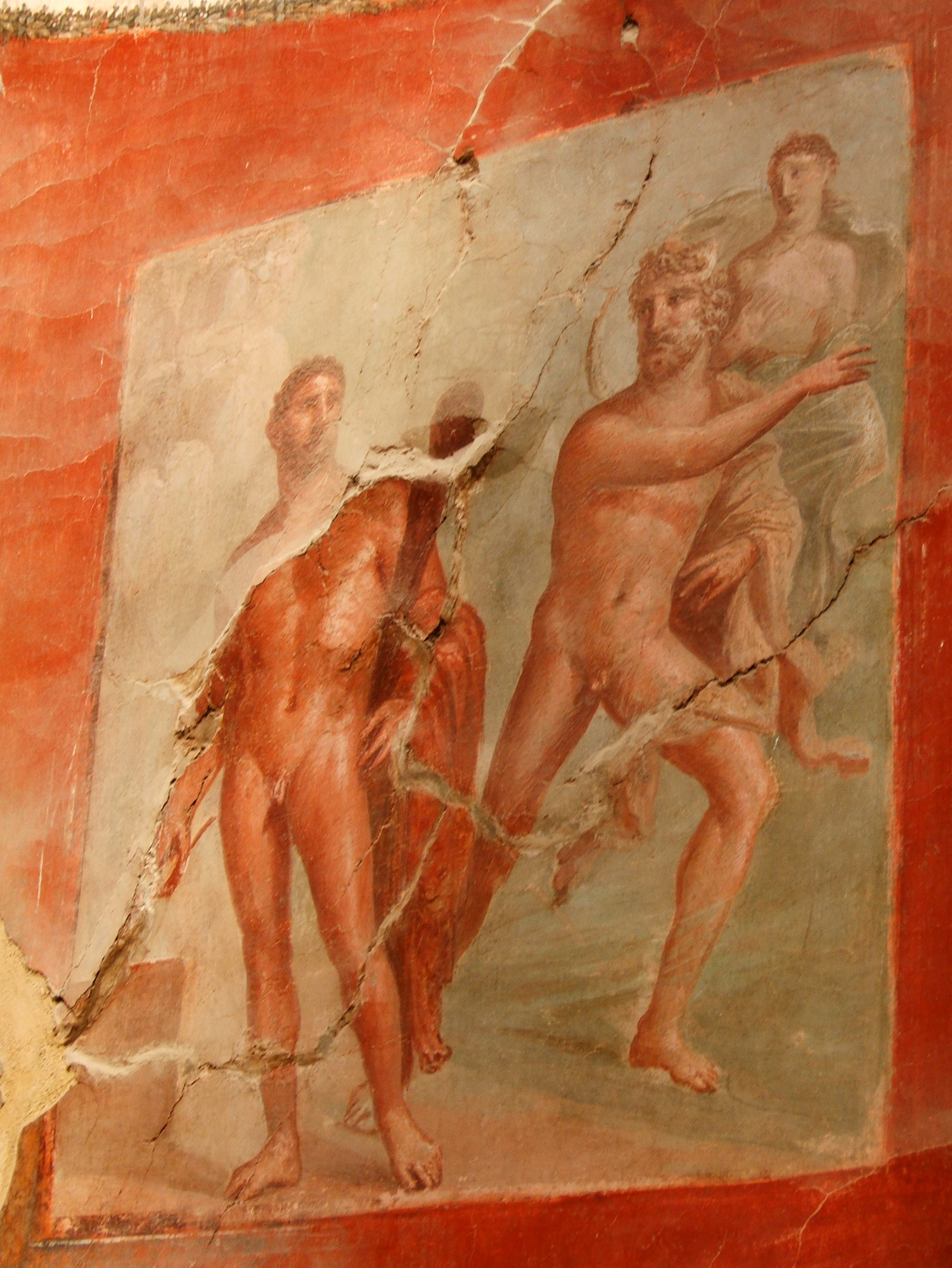|
Swinsty Reservoir
Swinsty Reservoir is a reservoir in the Washburn valley north of Otley and west of Harrogate in Yorkshire, England. Construction began in 1871 and was completed in 1878. The capacity is about 866 million gallons, with a surface area of 63 hectares. It can be found from the A59 road. The reservoir is below and directly adjoining Fewston Reservoir. The area around the reservoirs is popular with walkers. Before the reservoir Beneath the waters of the reservoir are the remains of New Hall, originally a home to the Fairfax family, whose members included Ferdinando Fairfax and the poet Edward Fairfax. Women in the nearby village of Timble were twice tried at York for witchcraft on the accusation of Edward, who suspected them of possessing his two daughters. Neighbouring Fewston Reservoir covers another Fairfax family home, Cragg Hall.The Washburn by Tom Bradley (published 1895, reprinted 1988) Construction The reservoir was built by the Leeds Waterworks Company, and employed ... [...More Info...] [...Related Items...] OR: [Wikipedia] [Google] [Baidu] |
North Yorkshire
North Yorkshire is the largest ceremonial counties of England, ceremonial county (lieutenancy area) in England, covering an area of . Around 40% of the county is covered by National parks of the United Kingdom, national parks, including most of the Yorkshire Dales and the North York Moors. It is one of four counties in England to hold the name Yorkshire; the three other counties are the East Riding of Yorkshire, South Yorkshire and West Yorkshire. North Yorkshire may also refer to a non-metropolitan county, which covers most of the ceremonial county's area () and population (a mid-2016 estimate by the Office for National Statistics, ONS of 602,300), and is administered by North Yorkshire County Council. The non-metropolitan county does not include four areas of the ceremonial county: the City of York, Middlesbrough, Redcar and Cleveland and the southern part of the Borough of Stockton-on-Tees, which are all administered by Unitary authorities of England, unitary authorities. ... [...More Info...] [...Related Items...] OR: [Wikipedia] [Google] [Baidu] |
Westminster
Westminster is an area of Central London, part of the wider City of Westminster. The area, which extends from the River Thames to Oxford Street, has many visitor attractions and historic landmarks, including the Palace of Westminster, Buckingham Palace, Westminster Abbey, Westminster Cathedral and much of the West End shopping and entertainment district. The name ( ang, Westmynstre) originated from the informal description of the abbey church and royal peculiar of St Peter's (Westminster Abbey), west of the City of London (until the English Reformation there was also an Eastminster, near the Tower of London, in the East End of London). The abbey's origins date from between the 7th and 10th centuries, but it rose to national prominence when rebuilt by Edward the Confessor in the 11th. Westminster has been the home of England's government since about 1200, and from 1707 the Government of the United Kingdom. In 1539, it became a city. Westminster is often used as a m ... [...More Info...] [...Related Items...] OR: [Wikipedia] [Google] [Baidu] |
Gareth Southgate
Gareth Southgate (born 3 September 1970) is an English professional football manager and former player who played as a defender and midfielder. He has been the manager of the England national team since 2016. Southgate won the League Cup with both Aston Villa (in 1995–96) and Middlesbrough (in 2003–04) and captained Crystal Palace to win the First Division championship in 1993–94. He also played in the 2000 FA Cup Final for Villa and the 2006 UEFA Cup Final for Middlesbrough. Internationally, Southgate made 57 appearances for the England team between 1995 and 2004. He played every game of England's campaign in the 1996 European Championships, but his penalty miss sent England out in the semi-final. He also featured in both the 1998 FIFA World Cup and the 2000 European Championships. His playing career ended in May 2006 at the age of 35, after more than 500 league appearances. Southgate was manager of Middlesbrough from June 2006 until October 2009. He also manag ... [...More Info...] [...Related Items...] OR: [Wikipedia] [Google] [Baidu] |
England Football
Association football is the most popular sport in England, where the first modern set of rules for the code were established in 1863, which were a major influence on the development of the modern Laws of the Game. With over 40,000 association football clubs, England has more clubs involved in the code than any other country. England hosts the world's first club, Sheffield F.C.; the world's oldest professional association football club, Notts County; the oldest national governing body, the Football Association; the joint-oldest national team; the oldest national knockout competition, the FA Cup; and the oldest national league, the English Football League. Today England's top domestic league, the Premier League, is one of the most popular and richest sports leagues in the world, with five of the ten richest football clubs in the world as of 2022. The England national football team is one of only eight teams to win the FIFA World Cup, having done so once, in 1966. A total of fiv ... [...More Info...] [...Related Items...] OR: [Wikipedia] [Google] [Baidu] |
William Grainge
William Grainge (25 January 1818 – 29 September 1895) was an English antiquarian and poet, and a historian of Yorkshire. He was born into a farming family in Dishforth and grew up on Castiles Farm near Kirkby Malzeard in the North Riding of Yorkshire, where he studied the archaeological site beneath the farm buildings, now known as Cast Hills settlement. Although he left school at age 12, he educated himself well enough to become a clerk to a solicitors' firm in Boroughbridge. He later established a bookshop in Harrogate and published numerous books on local history and topography, besides publishing a number of anonymous poems and discourses about local natural history. Grainge befriended the young John Farrah, and taught him botany and other natural history. Farrah was a grocer and an amateur botanist, who went on to become a Fellow of The Linnean Society and chairman of Yorkshire Naturalists' Union. After Grainge died, Farrah gave a lecture about Grainge's life and works, ... [...More Info...] [...Related Items...] OR: [Wikipedia] [Google] [Baidu] |
Fewston
Fewston is a village and civil parish in the Harrogate district of North Yorkshire, England. It is situated north of Otley and close to Swinsty and Fewston reservoirs. The Church of St Michael and St Lawrence is the village church. The majority of the building was constructed in 1697, although the tower dates from the 14th century. The Washburn Heritage Centre, adjacent to the church, opened in February 2011. History Fewston was an ancient parish in the Forest of Knaresborough in the West Riding of Yorkshire. It covered a wide area, and included the townships of Blubberhouses, Clifton with Norwood, Great Timble, and Thruscross. All these places became separate civil parishes in 1866. Fewston was transferred to the new county of North Yorkshire in 1974. The poet Edward Fairfax lived at nearby New Hall, now submerged under the waters of Fewston Reservoir, as did Ferdinando Fairfax, 2nd Lord Fairfax of Cameron. Edward's daughters Elizabeth and Anne were baptised in t ... [...More Info...] [...Related Items...] OR: [Wikipedia] [Google] [Baidu] |
River Wharfe
The River Wharfe ( ) is a river in Yorkshire, England originating within the Yorkshire Dales National Park. For much of its middle course it is the county boundary between West Yorkshire and North Yorkshire. Its valley is known as Wharfedale. The watercourse first becomes known as the River Wharfe at the confluence of Greenfield Beck and Oughtershaw Beck at Beckermonds. Flowing initially through Langstrothdale, it then passes by, or in some cases through, Kettlewell, Grassington, Bolton Abbey, Addingham, Ilkley, Burley-in-Wharfedale, Otley, Wetherby and Tadcaster. It then flows into the River Ouse near Cawood. The section of the river from its source to around Addingham is in Upper Wharfedale and has a very different character to the river downstream. The Wharfe is long (before it joins the Ouse), making it the 21st longest river in Britain. It is a public navigation from the weir at Tadcaster to its junction with the Ouse near Cawood and is tidal from Ulleskelf to the Ouse ... [...More Info...] [...Related Items...] OR: [Wikipedia] [Google] [Baidu] |
Achelous
In ancient Greek religion and mythology, Achelous (also Acheloos or Acheloios) (; Ancient Greek: Ἀχελώϊος, and later , ''Akhelôios'') was the god associated with the Achelous River, the largest river in Greece. According to Hesiod, he was the son of the Titans Oceanus and Tethys. He was also said to be the father of the Sirens, several nymphs, and other offspring. Achelous was able to change his shape, and in the form of a bull, he wrestled Heracles for the right to marry Deianeira, but lost. He was also involved in the legend of the Argive hero Alcmaeon. Etymology The name Ἀχελώϊος is possibly pre-Greek, its meaning is not entirely certain. Recent arguments suggest it is Semitic in origin, with the initial Αχ- stemming from the Akkadian ''aḫu'' ("bank of the river"), or ''aḫû'' ("seashore") and the suffix -ελώἴος, from the Akkadian ''illu'' ("watercourse" or "water of the river invading land"). Exact match of the root ''achel-'' can be found ... [...More Info...] [...Related Items...] OR: [Wikipedia] [Google] [Baidu] |
Narrow Gauge Railway
A narrow-gauge railway (narrow-gauge railroad in the US) is a railway with a track gauge narrower than standard . Most narrow-gauge railways are between and . Since narrow-gauge railways are usually built with tighter curves, smaller structure gauges, and lighter rails, they can be less costly to build, equip, and operate than standard- or broad-gauge railways (particularly in mountainous or difficult terrain). Lower-cost narrow-gauge railways are often used in mountainous terrain, where engineering savings can be substantial. Lower-cost narrow-gauge railways are often built to serve industries as well as sparsely populated communities where the traffic potential would not justify the cost of a standard- or broad-gauge line. Narrow-gauge railways have specialised use in mines and other environments where a small structure gauge necessitates a small loading gauge. In some countries, narrow gauge is the standard; Japan, Indonesia, Taiwan, New Zealand, South Africa, and the Aust ... [...More Info...] [...Related Items...] OR: [Wikipedia] [Google] [Baidu] |
Starbeck
Starbeck is an area of Harrogate in North Yorkshire, England. The population of Starbeck Ward taken at the 2011 census was 6,226. It has many facilities, including Starbeck railway station, which serves the Harrogate Line. Frequent services depart to Harrogate, Leeds and York. History Starbeck reputedly takes its name from the 'Star Beck' (Old Norse ''stǫrr bekkr'' "sedge brook"), which flows into the Crimple Beck, a tributary of the Nidd. Starbeck was originally a hamlet in the township of Bilton with Harrogate in the ancient parish of Knaresborough. The township was part of the ancient Royal Forest of Knaresborough, which is situated to the south of the River Nidd. In 1896 Starbeck became a separate civil parish, but in 1938 the civil parish was abolished and Starbeck was absorbed into the Municipal Borough of Harrogate. In 1811, the Harrogate Workhouse was built in Starbeck. In 1858 the workhouse was closed because of the opening of the Knaresborough Workhouse. The ra ... [...More Info...] [...Related Items...] OR: [Wikipedia] [Google] [Baidu] |







